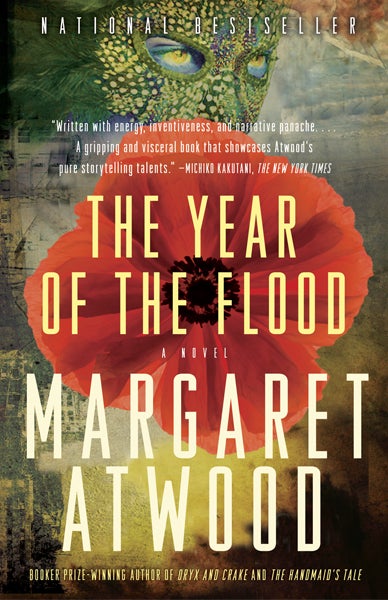The Facts
Length: 399 pages.
Publisher: Random House Canada.
This is MacIntyre's second novel.
Quick Summary
Duncan MacAskill is a Catholic priest who plays the role of the bishop's "internal affairs." He's spent his past life punishing and moving around "problem individuals" in the priesthood. During the 1990s, however, when the media starts to get wind of a scandal close to Duncan, the bishop sends him to an abandoned parish, painfully close to Duncan's childhood home. Instead of escape, Duncan finds pain, confusion, and tragedy. The novel centralizes on the separation between the cloth and the man wearing it.
The story is told in first-person. MacIntyre "jumps" through time, quite a bit; it's easy to get lost in the back-and-forth-and-sideways timeline.
The story is told in first-person. MacIntyre "jumps" through time, quite a bit; it's easy to get lost in the back-and-forth-and-sideways timeline.
The Good
This novel is thoroughly "Canadian." Always a plus in my books. Along that line, MacIntyre's able to paint a tragically beautiful portrait of the Canadian Maritimes: decaying history, the flight of youth, the quiet landscape of a dying seaside town...MacIntyre clinches the setting in all the right spots. You can smell the tang of the sea in the air and can feel the cold of a lonely winter. The setting sets the tone for the moral uncertainty which seems to hang over the novel.
MacIntyre also seems to be pretty tactful when it comes to having a Catholic protagonist. I thought, initially, that MacAskill might be a little off-putting or overzealous, but the character never comes off that way. He's understandable and likable. He's a keen observer and gives good advice, but none of it seems to come from vague dogma or a stale religiosity. I didn't expect him to be as worldly and solid as he is. I'm not sure if this "secularity" will appeal to readers hopeful for a more religious novel, but it was surprisingly effective in my case.
MacIntyre also seems to be pretty tactful when it comes to having a Catholic protagonist. I thought, initially, that MacAskill might be a little off-putting or overzealous, but the character never comes off that way. He's understandable and likable. He's a keen observer and gives good advice, but none of it seems to come from vague dogma or a stale religiosity. I didn't expect him to be as worldly and solid as he is. I'm not sure if this "secularity" will appeal to readers hopeful for a more religious novel, but it was surprisingly effective in my case.
The Bad
Timeline jumps make it somewhat hard to trace Duncan's past. Unless you're writing it all down (don't bother), you'll probably get a tad confused along the way. It never seems to be anything that effects the plot in any major way, but it'd be nice if MacIntyre was a little more linear in his progression of his storytelling.
The start of the novel is a little groan-worthy - you think that MacIntyre's trying a little too hard to be both a modernist and great writer. Sure, he keeps up with the modernist time jumps, but he seems to ease into the flow of the novel and drops the alien and off-putting descriptions pretty quickly, for the benefit of us all.
The start of the novel is a little groan-worthy - you think that MacIntyre's trying a little too hard to be both a modernist and great writer. Sure, he keeps up with the modernist time jumps, but he seems to ease into the flow of the novel and drops the alien and off-putting descriptions pretty quickly, for the benefit of us all.
Final Thoughts
A surprisingly solid novel. Like Wolf Hall, it's given me more faith in literary awards. Hard to put down.
Arbitrary Score: 4.4 out of 5.
Next book: Ready Player One, by Ernest Cline (2011)


